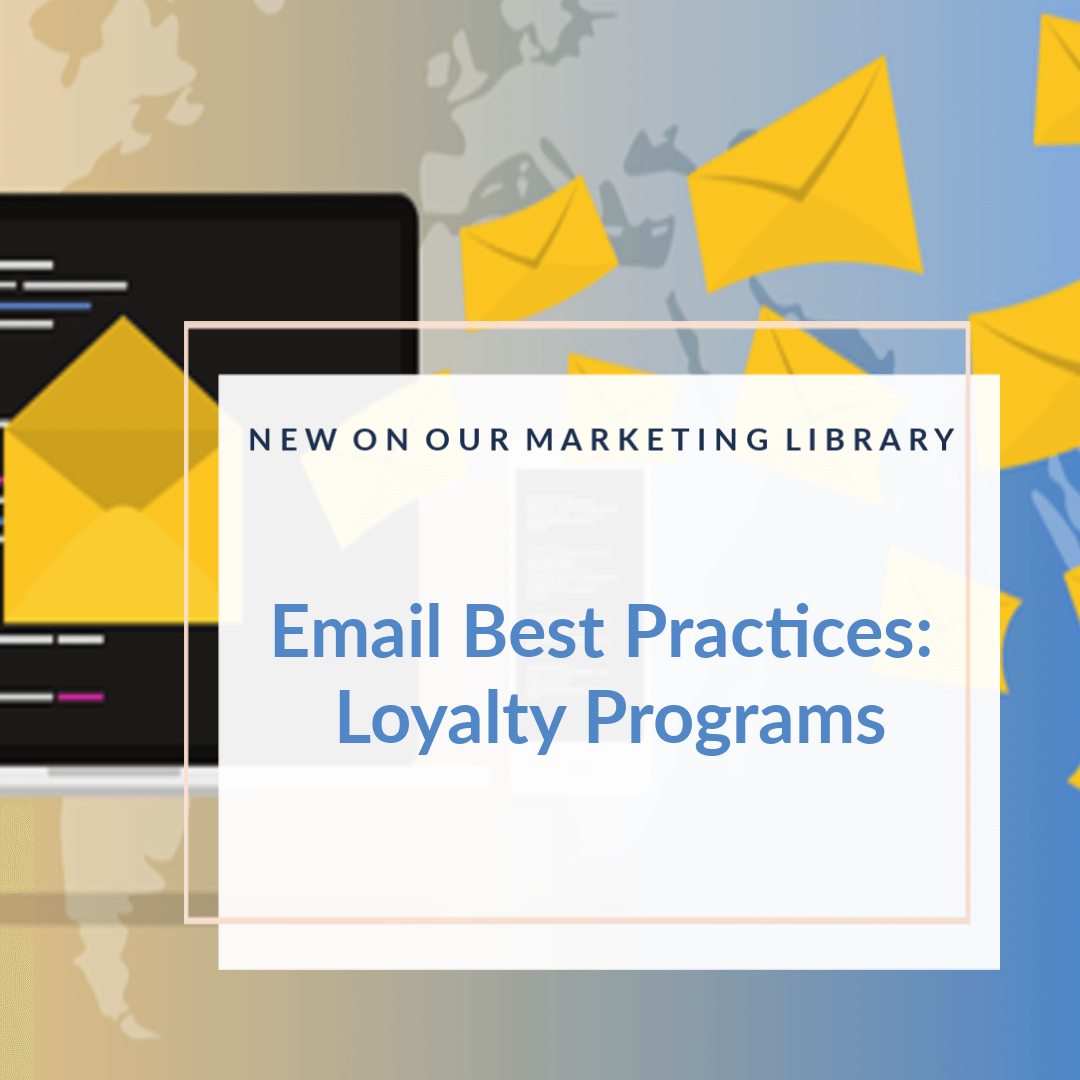
Vilfredo Pareto, an economist and philosopher from Italy, observed that 80% of the country’s wealth was held by just 20% of the population in 1895. Even in today’s market, the vast bulk of a brand’s sales still originate from its most loyal customers. Loyalty programmes are the best example of the updated Pareto principle.
The best clients are those that are loyal. Members of loyalty programmes produce 12–18% higher income annually than non-members, according to Accenture research. Additionally, these programmes enable customisation. Members provide brands with useful information about their purchases, the kinds of promotions they are interested in, and whether they prefer to shop in-person or online. Since email marketing is widely preferred by customers, email personalisation and loyalty go hand in hand.
- Use data from loyalty programmes to early personalise emails
Before members begin making purchases, brands should learn about their interests and preferences at the onboarding phase of every loyalty programme. Utilize all of that data to customise, giving your most important consumers the greatest experience possible right away.
Nike+ unquestionably represents Nike’s most valuable clients, generating three times as many sales as non-members. Nike gathers information about members’ lifestyles and sporting preferences early on. This contributes to the sportswear company’s mobile and email personalisation in tandem, suggesting various products for basketball players and runners, for instance.
- Incorporate fidelity into your welcome series
A person who joins your email list is letting you know they want to hear from you. Of course, compared to other marketing communications, welcome emails have astronomically high open rates. Your welcome stream is the ideal spot to emphasise your brand’s unique qualities and core principles. Your loyalty programme is no different.
This is something that Nordstrom excels at, exposing customers to the Nordy Club as they become familiar with the company. This tiered loyalty programme offers benefits like points and early access to everyone as well as free alterations and in-home stylists for top clients.
- Don’t Just Focus On Your Own Loyalty.
Retailers may showcase their loyalty programmes in welcome emails very effectively. The same goes for any other type of email, whether it’s a quick nod in the header or a mention in your order confirmations. This acts as a constant reminder of the unique aspects of your programme.
Since DSW VIP is synonymous with the DSW shopping experience, it makes sense that it would play a significant role in the brand’s email customization. Every email header from DSW includes information from its loyalty programme, such as a customer’s loyalty status and the distance left until their next reward.
- Make Loyalty the Trigger
More than 75 percent of email marketing ROI comes from triggered communications. Additionally, they are a distinguishing feature of email personalisation as behavior-based reactions to particular client activities, including leaving an online shopping cart unattended or making a purchase. Numerous triggers, such as point reminders, member events, and even recaps, like the ones Ulta gives at the end of the year, are offered by loyalty programmes.
In the cosmetics sector generally, personalization is quite crucial. Additionally, Ultamate Rewards needs personalisation because it has been demonstrated to increase sales and loyalty programmes encourage customer retention. The brand’s members account for more than 95% of all sales.
